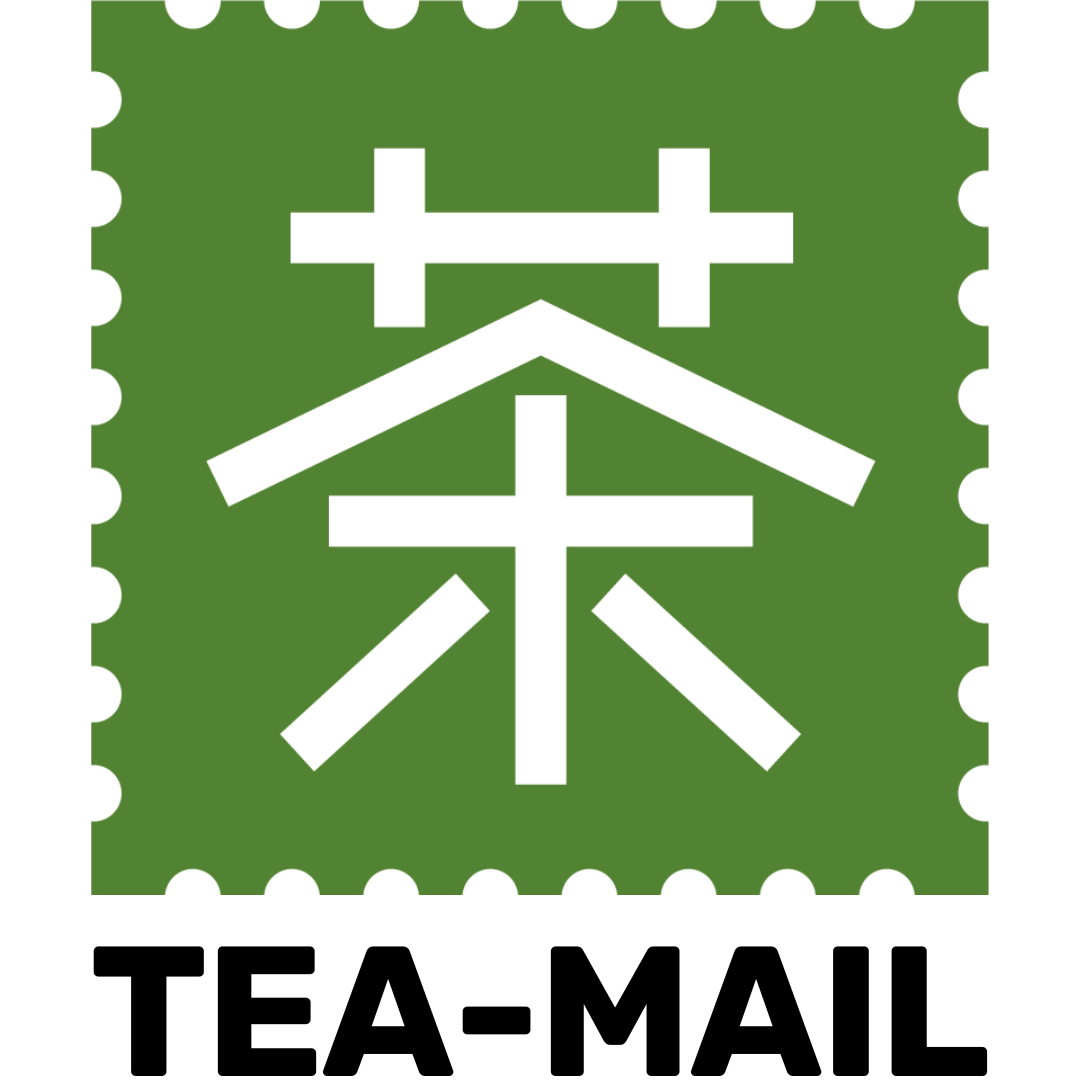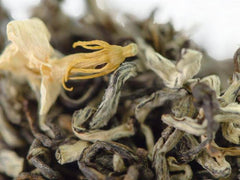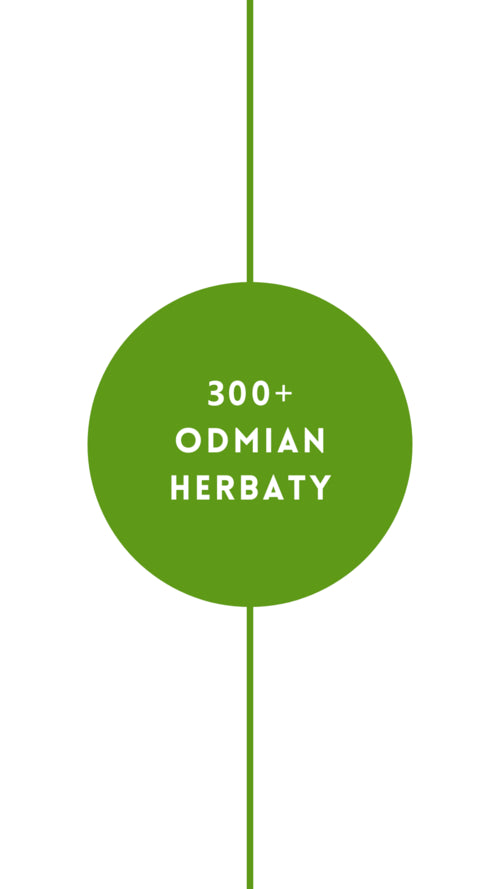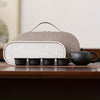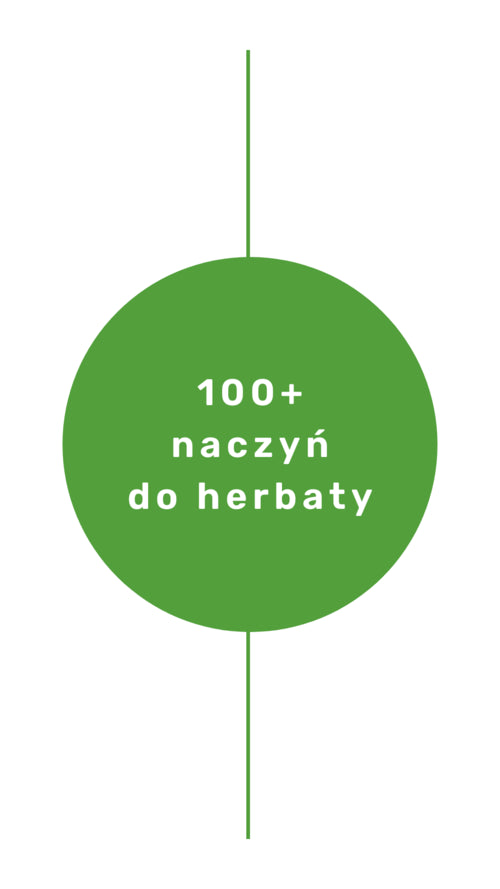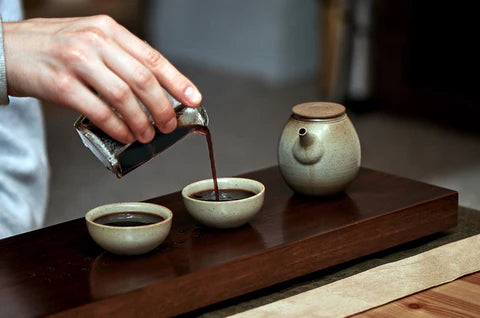
How to brew Chinese tea
We choose water
Tap water in the city is quite hard. The so-called tap water in Warsaw is of good quality and is suitable for drinking, but not for brewing tea, as it contains chlorine. Distilled water is also not suitable - the taste of the tea will not be revealed.
For brewing tea, the best water will be water with a very low level of mineralization (TDS > 50 mg/l), from a natural source and with a neutral pH (slightly above 7). The water should have a pleasant taste, be sweet, better from flowing watercourses than from a well. If a lot of scale remains in the kettle, look for softer water. Green teas brew well in soft water, red and shu - in harder water. We recommend using Zywiec Zdroj brand water for green and yellow teas, and the more mineralized Primavera brand water for the rest of the tea types.
Boil the water
Each tea needs a different brewing temperature. For delicate white and green teas, it's best to infuse them with 70-75°C water, for light South Fujian oolong and Wuyishan oolong and young shen - 80-85°C, for Guangdong and Wuyishan oolong and red teas - 90-95°C, and for old shen and shu pu erh - 95°C. Boiling the water until it bubbles a lot and cools down, or immediately heating it to the desired temperature while listening to the "sound of the wind in the pines" is a matter of taste and convenience. After boiling, leave the kettle for 2-3 minutes with the lid open to lower the temperature from 98°C to 80-85°C. To keep the water from getting cold, use a thermos when drinking tea.
We choose the dishes
White green teas, Guangdong oolong and South Fujian teas, red teas with golden buds, GABA and young (up to 5 years old) sheny brew well in gaiwan. Wuyishan teas, rougher reds, old sheny, heicha and shu pu-erh love clay teapots.
To drink tea properly, you need a gaiwan or teapot, a bowl, a chahai to pour the brew, a chahe to take in the aroma of the tea leaves, a tea table or mat and half an hour to an hour of your time. If you don't have something - don't worry, all you need is a kettle and a porcelain cup. For daily teas, a 3-in-1 tea pot (teapot) or simply a mug will be convenient.
We measure the tea
Everything is individual, but for a 120 ml gaiwan or small Yixing kettle, we recommend starting with 5 g of light and red teas, 7 g of oolong and shen pu erh from Wuyishan, 10 g for shu and heicha. A flat tablespoon of twisted oolong tea contains about 6-8 g.
We brew tea
Place the tea in the chahe and inhale the aroma. Heat the pot with boiling water, pouring it from the kettle into the chahai and bowls. Pour the tea into the heated teapot and shake a little - the aroma of the leaf will become more pronounced. Brew the tea with water at the right temperature. The first infusion of pressed teas and light oolong teas is better to pour out - the leaf needs time to open, and the first infusion has almost no taste. For other teas, it is not recommended to pour it out - it will be weaker than the second, but already with a distinct taste. For green, red and young shen, you shouldn't steep for too long, and shu will forgive you if you exceed the recommended steeping time. With time, you will learn to sense when to pour the infusion into the chahai.
Don't brew the tea for a minute or more - in the case of the above ratio of tea, 5-10-20 seconds is enough to brew, which is what revealing the potential of the tea layer by layer is all about. Try to observe the change in the taste and aroma of the tea, as well as your feelings and thoughts. Relax and enjoy. Steep again until the flavor of the tea becomes diluted.
These are basic guidelines, so don't be afraid to do things differently, develop your own brewing style and experiment - experience comes with practice. Observe the result and what your heart will beat harder to, remember and use the experience.
Hearty and delicious tea parties!



